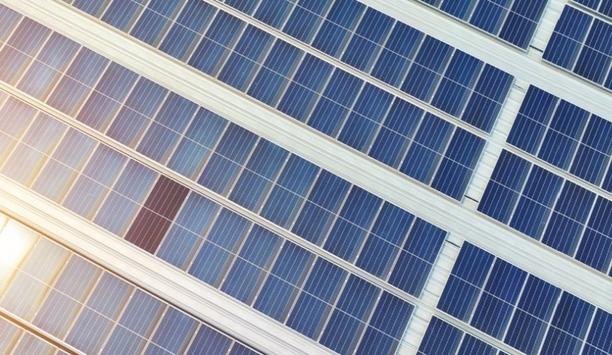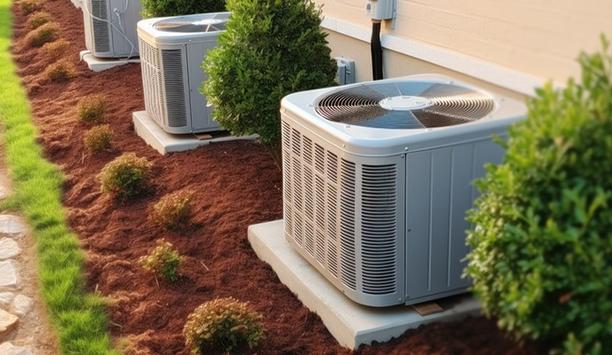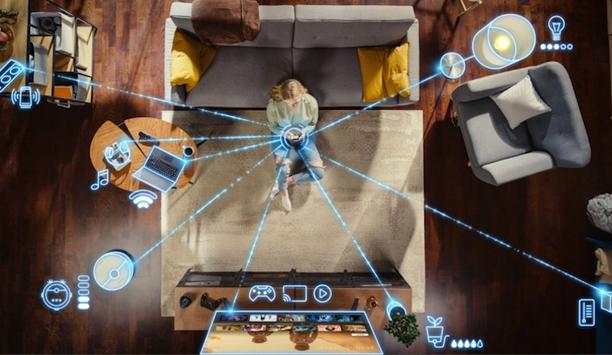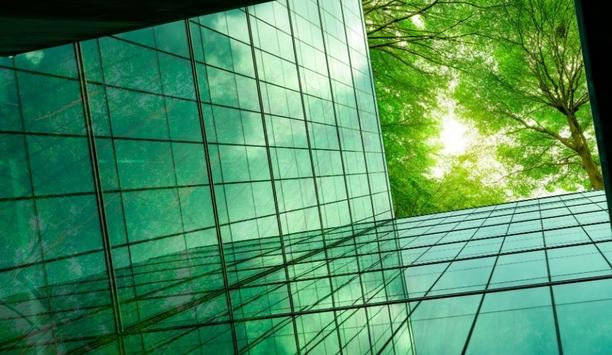The Tennessee Valley Authority (TVA), the power provider in the United States, is offering incentives to businesses and schools to install UV-C germicidal lights to fight germs in indoor air.
Customers that buy from TVA’s Preferred Partners Network can receive a $30-per-ton incentive toward adoption of approved UV-C technologies, which remove viruses and bacteria from indoor air. “Schools and businesses realize they need solutions to purify indoor air, and we want to help them install it as they reopen,” says Jason Snyder, Manager, TVA EnergyRight.
Commercial HVAC systems
UV-C light is a short wavelength ultraviolet light used to disinfect air. Studies show UV-C is 99.9% lethal to bacteria, fungi, viruses and other microorganisms, and is an alternative to chemical disinfection. The technology has been commercially available since the 1930s, and UV rays have been used to treat disease since the late-1800s.
The technology has historically helped to control outbreaks of other airborne pathogens over the years
While research is continuing to assess the effectiveness of UV lights against the coronavirus that causes COVID-19, the technology has historically helped to control outbreaks of other airborne pathogens over the years. Since the emergence of COVID-19, ultraviolet germicidal irradiation (UVGI) has taken a higher profile as a technology that could have an impact when installed in the ductwork of existing commercial HVAC systems.
Inactivate airborne microorganisms
The technology can ensure safer indoor air at hospitals, schools, reception areas, retail establishments, nursing homes, churches, hair dressers and business officers. TVA is a corporate agency of the United States that provides electricity for business customers and local power companies in parts of seven Southeastern U.S. states, serving nearly 10 million people.
According to ASHRAE, UVGI systems must deliver a sufficient dose of UV-C rays to inactivate airborne microorganisms within a 2-ft. (0.6 m) minimum irradiation zone down the length of a duct or plenum, providing roughly 0.4 seconds of exposure time in moving air. An irradiation level, Ultraviolet Rating Value (URV) of 13 is the minimum recommended UV intensity level to deliver a sufficient dose to inactivate airborne microorganisms.
Improve indoor air quality
Another CDC recommendation is to increase ventilation and outdoor air flow by opening windows and doors
Demand for air filters and UV lights has been on the increase as HVAC customers have looked for alternatives to improve indoor air quality and negate spread of the novel coronavirus. Use of additional filters and UV light is among the recommendations of the Centers for Disease Control and Prevention (CDC) before workers return to offices after the pandemic lockdown.
Another CDC recommendation is to increase ventilation and outdoor air flow by opening windows and doors and using fans to dilute recirculated indoor air. Milestone Electric, a Dallas, Texas, HVAC installer, says sales of in-home UV light units have doubled this year compared to 2019.
Less-Expensive alternative
“Some people ordered them before the pandemic, but they weren’t aware of the full benefits until recently,” Milestone Electric Spokeswoman Britton Swanson told the Dallas Morning News.
UV lights are a less-expensive alternative (about $1,300) to the use of HEPA filters (about $3,000) to improve air quality. Combining both is the best combination to decrease chances of spreading the virus. Even before the pandemic, people spent about 90% of their time indoors. With the emphasis on staying home to avoid spread of the virus, the number could be even higher.









































